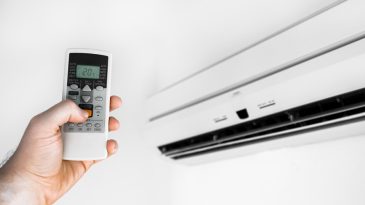- General
- Updated on May 8, 2025
Why Are Mock Drills Important? Understanding Emergency Preparedness Training
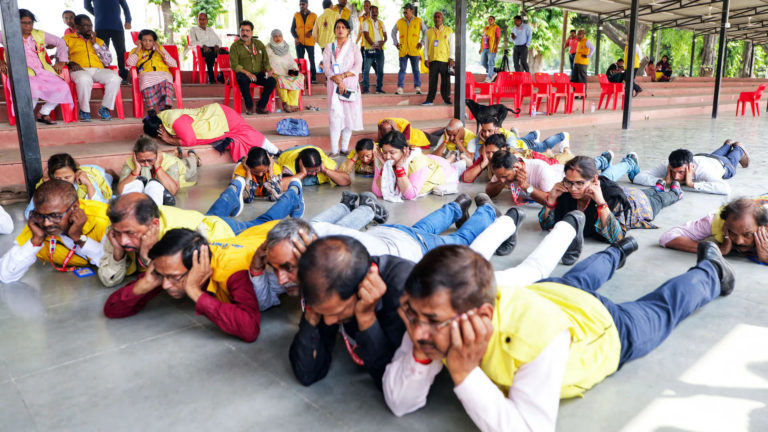
In today’s fast-paced world, emergencies can happen at any time, and being prepared for them is crucial. Whether it’s a fire, a natural disaster, or a security threat, knowing how to respond quickly and effectively can save lives and minimize damage. Mock drills, also known as emergency preparedness training, play a key role in ensuring that individuals and organizations are ready for any unforeseen events. In this blog post, we will explore why mock drills are essential for emergency preparedness and how they can help improve the response during crises.
What Are Mock Drills?
Mock drills are simulated exercises designed to practice and test an organization’s or community’s ability to respond to an emergency situation. These drills replicate real-world scenarios, allowing participants to practice their response actions in a controlled environment. The goal is to enhance readiness and improve coordination and communication during actual emergencies.
Mock drills can be conducted in a variety of settings, including schools, hospitals, workplaces, and public spaces. They can focus on a wide range of scenarios, such as:
- Fire evacuation drills
- Earthquake drills
- Active shooter drills
- Flood and water-related emergencies
- Medical emergencies and first aid drills
The Importance of Mock Drills in Emergency Preparedness
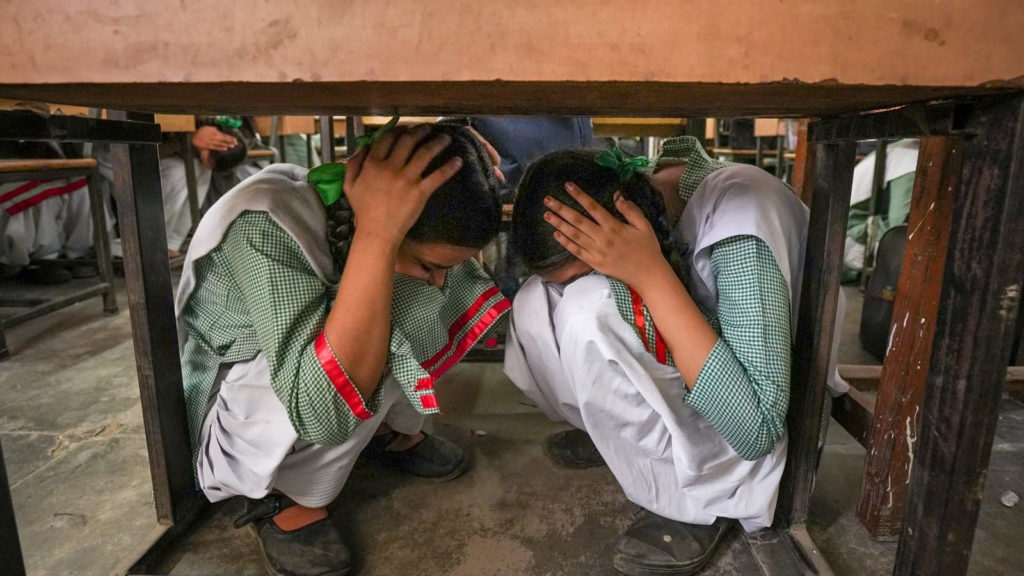
1. Improves Response Time
One of the most significant benefits of mock drills is that they help improve response times during emergencies. When an emergency occurs, every second counts. Through repeated practice, individuals and teams learn to react instinctively, without hesitation, which can be critical in saving lives and minimizing damage. Mock drills simulate stress and urgency, helping participants practice making quick decisions under pressure.
2. Enhances Coordination and Communication
In a real emergency, clear communication is essential. Mock drills offer an opportunity for teams to practice coordination and communication in a crisis situation. Whether it’s the fire department, medical responders, or other team members, working together efficiently is key to an effective response. Drills help teams establish communication protocols and familiarize them with the necessary procedures, reducing the risk of confusion or errors when a real emergency happens.
3. Identifies Gaps in Emergency Plans
Another essential function of mock drills is that they allow organizations to identify weaknesses or gaps in their emergency preparedness plans. When conducting mock drills, it’s often the case that certain areas—whether it’s in the emergency evacuation route, lack of resources, or communication breakdowns—become apparent. These gaps can be addressed before a real emergency occurs, ensuring that the plan is robust and effective.
For example, a fire drill might reveal that certain exits are blocked or that employees are unaware of the assembly points. This provides the opportunity to fix those issues before a real emergency.
4. Increases Confidence and Reduces Panic
Emergencies can create panic, confusion, and fear, which makes it harder for individuals to react appropriately. Regular mock drills help build confidence and reduce anxiety. When people are familiar with the procedures and have practiced them multiple times, they are more likely to stay calm and follow the plan when it matters most.
Training through mock drills gives individuals the tools they need to act decisively, keeping themselves and others safe. Knowing exactly what to do during an emergency reduces the likelihood of panic and helps maintain a sense of order in chaotic situations.
5. Ensures Compliance with Regulations
In many industries, conducting mock drills is not just a best practice; it’s a legal requirement. Occupational health and safety laws, building codes, and fire safety regulations often mandate that organizations hold regular drills to ensure the safety of their employees and the public.
For example, businesses must comply with local and national safety standards, which may require annual fire drills or emergency evacuation procedures. Regular mock drills help organizations stay compliant with these regulations, avoiding fines and ensuring the safety of everyone involved.
6. Educates and Trains Employees and the Community
Mock drills are not just about testing readiness—they’re also an excellent training tool. They offer an opportunity for employees, students, or community members to learn about emergency protocols in a hands-on way. By actively participating in these drills, individuals become more aware of what to do in case of an emergency, from how to exit a building safely to how to administer first aid in a medical emergency.
Education through practice helps people internalize the information and improves the likelihood that they will be able to implement the correct actions when the time comes.
7. Fosters a Culture of Safety and Responsibility
Conducting regular mock drills creates a culture of safety within an organization or community. When safety is prioritized, individuals are more likely to take ownership of their responsibilities. They understand that safety is a shared responsibility, and everyone plays a role in ensuring that emergency protocols are followed.
By fostering this mindset, mock drills contribute to creating safer environments in workplaces, schools, and public spaces. Employees or community members who have participated in mock drills are more likely to stay vigilant, take preventive measures, and encourage others to do the same.
Types of Mock Drills
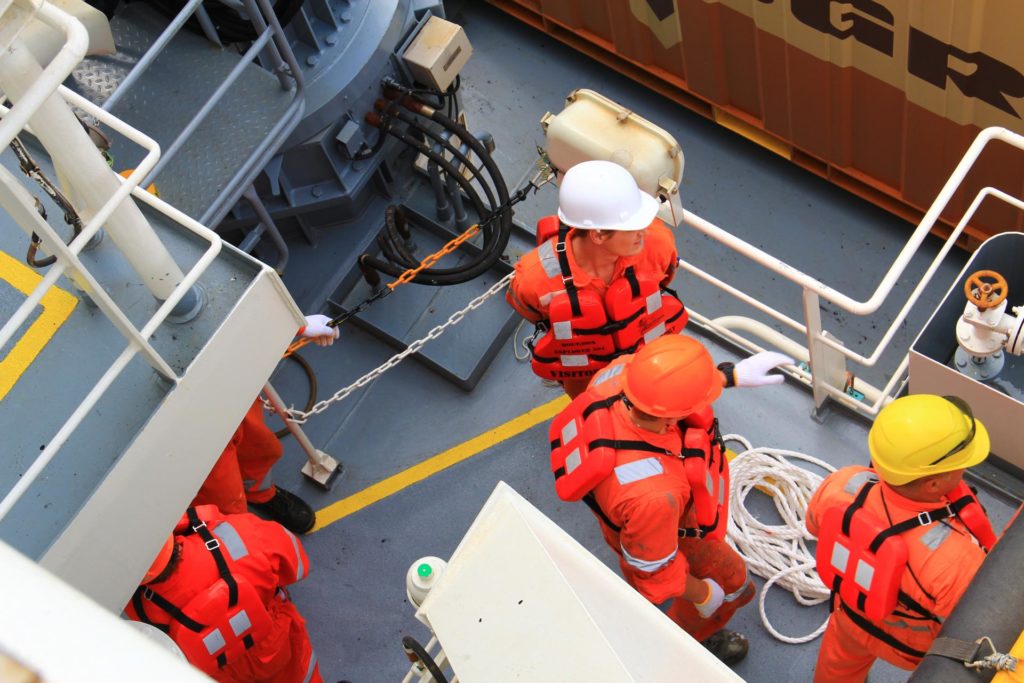
1. Fire Drills
Fire drills are perhaps the most common type of emergency drill. These exercises simulate the evacuation process during a fire and teach individuals how to exit the building safely and quickly. They also provide an opportunity for participants to practice using fire extinguishers and other firefighting equipment if necessary.
2. Earthquake Drills
Earthquake drills teach individuals how to react when the ground starts shaking. They emphasize drop, cover, and hold protocols and educate people on how to protect themselves from falling debris and glass. Earthquake drills are particularly important in areas where seismic activity is common.
3. Active Shooter Drills
Active shooter drills prepare individuals for the possibility of an active threat in a public or private space. These drills teach participants how to evacuate, hide, and fight back when faced with an armed threat. They also include communication protocols with law enforcement and emergency responders.
4. Medical Emergency Drills
Medical emergency drills teach individuals how to react in situations that require first aid or immediate medical attention, such as heart attacks, strokes, or injuries. Participants are trained in CPR, first aid, and how to use basic medical equipment.
Read Also : Made in India: The Power of Supporting Local Products
Conclusion
Mock drills play an indispensable role in emergency preparedness. They allow organizations, schools, businesses, and even communities to practice and refine their emergency response procedures, identify weaknesses, and build confidence. Whether it’s fire drills, medical emergency simulations, or active shooter preparedness, mock drills provide an opportunity to ensure that everyone knows what to do when faced with a real emergency.
Regular training through mock drills not only saves lives but also fosters a culture of safety and readiness. As we continue to face unpredictable emergencies, these drills are essential for protecting individuals and communities and ensuring that they are prepared to handle any situation effectively.
By implementing mock drills, businesses, schools, and communities can stay one step ahead in emergency management, creating a safer, more resilient environment for all.
Join the discussion
Related Articles
No results available
ResetTrending Articles


- General
- Updated on June 14, 2025


- General
- Updated on June 13, 2025


- General
- Updated on June 12, 2025
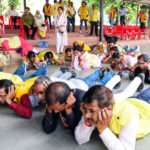

- General
- Updated on May 8, 2025


- Sports
- Updated on May 6, 2025


- General
- Updated on May 2, 2025


- Tourism
- Updated on April 30, 2025


- General
- Updated on April 30, 2025


- General
- Updated on April 29, 2025


- General
- Updated on April 26, 2025
No results available
Reset


